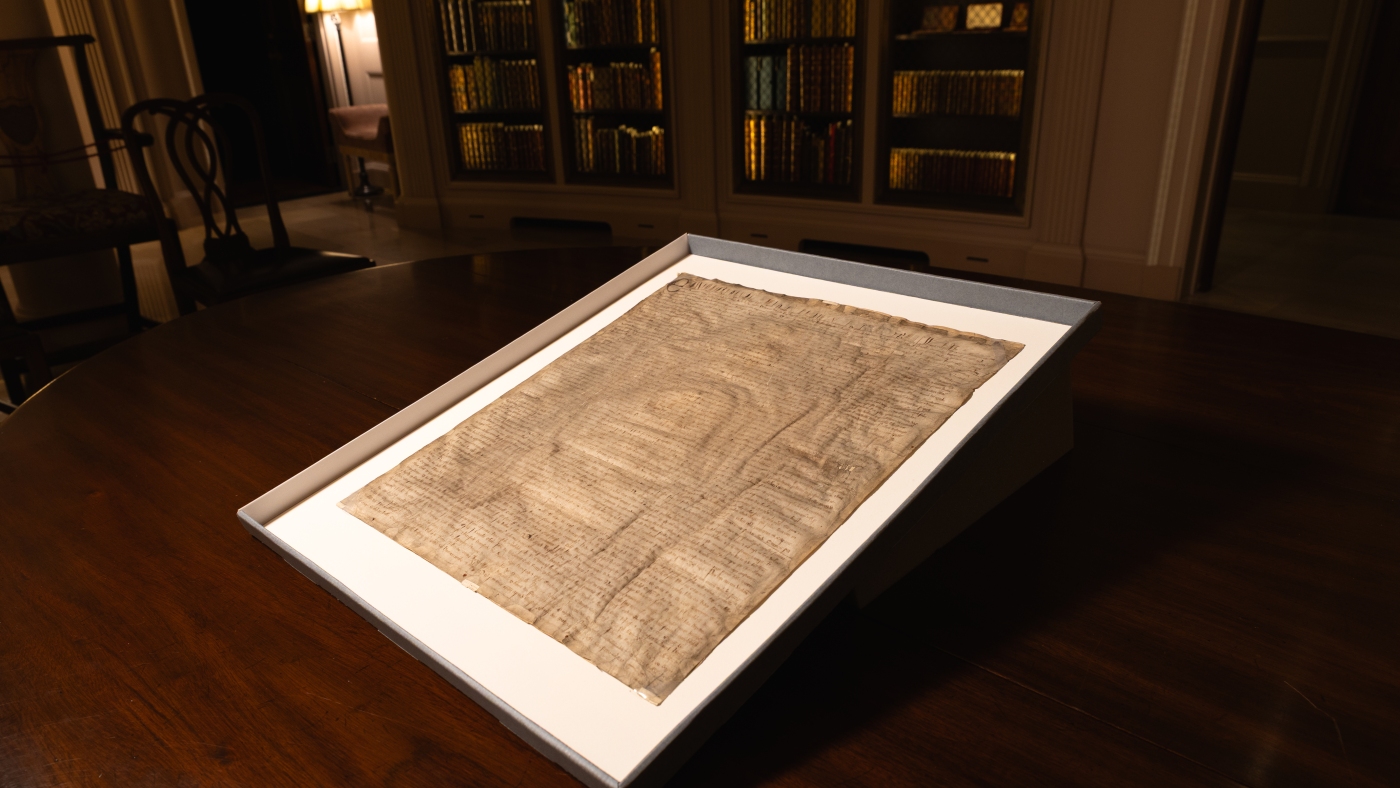The Remarkable Discovery: Harvard’s Magna Carta Purchase Revealed as an Authentic Original from 1300
—
Introduction: A Bargain Turned Priceless Treasure
In 1946, Harvard Law School acquired what was then believed to be a somewhat worn and damp-stained copy of the Magna Carta—an iconic medieval charter—paying a modest $27.50. Adjusted for modern inflation, this sum equates to roughly $450, still an exceptionally low price for a document presumed to be merely a copy dating from 1327. Recent scholarly investigations have upended this long-standing assumption by revealing that Harvard’s “copy” is, in fact, an authentic original Magna Carta issued around 1300. This discovery not only elevates the document’s historical and monetary value but also underscores the Magna Carta’s profound legacy in shaping modern legal and constitutional systems.
—
The Magna Carta: Historical Context and Legacy
The Magna Carta, first sealed by King John of England in 1215, is widely regarded as a foundational legal text symbolizing the limitation of monarchical power and the establishment of the rule of law. It embedded the monumental idea that even the king was not above the law—an innovation that deeply influenced the framers of the United States Constitution, the Declaration of Independence, and later legal documents such as the Bill of Rights. Variants and reissues of the Magna Carta circulated throughout the 13th and early 14th centuries, with the 1300 version representing one of the final authoritative editions.
Before its recent reclassification, Harvard’s document was thought to be a copy created in 1327, slightly more than a century after the original charter. This date influenced both the evaluation of its authenticity and its estimated worth.
—
Uncovering the Truth: How the Magna Carta Was Authenticated
The revelation about Harvard’s Magna Carta originated from a pair of British scholars examining digital archives housed by Harvard Law School. Using advanced technologies such as ultraviolet (UV) light photography and spectral imaging—cutting-edge methods that enhance the visibility of faded texts and inscriptions—the team was able to scrutinize the document’s composition, text, and material characteristics with unprecedented precision.
The analytical process highlighted features indicative of an official, original copy rather than a later reproduction. Notably, the parchment, ink, and seals matched the manufacturing traits associated with the 1300 issuance, and the provenance was reassessed with expert examination of its textual peculiarities and historical markers.
—
The Significance of Harvard’s Find: Historical and Monetary Implications
Harvard’s long-held assumption that the document was a copy had direct implications for its perceived rarity and value. Genuine original Magnae Cartae from the 1300 version are exceedingly scarce—estimated to be fewer than ten extant globally. Previously authenticated original Magna Carta documents have commanded staggering sums at auction, demonstrated by a 2007 sale fetching $21.3 million.
The recognition of Harvard’s possession of a bona fide original elevates the law school’s holding to one of immense historical significance. Beyond its impressive market value, the manuscript serves as a tangible link to the medieval legal reforms that sculpted Western legal and political traditions.
It is notable that Harvard initially purchased this priceless manuscript from the London bookseller Sweet & Maxwell for only $27.50, an amount that reflects a vastly different understanding of the document’s importance in the mid-20th century. Back then, post-war valuations and less developed authentication technology meant such purchases could easily be misjudged.
—
Broader Cultural and Academic Impact
Harvard Law School’s discovery calls attention to the importance of re-examining archival collections with modern scientific methods, reminding institutions worldwide that their purported “copies” may conceal authentic, invaluable artifacts.
Furthermore, the Magna Carta’s enduring influence on governance, human rights, and constitutional law imbues this revelation with cultural weight. As Harvard possesses one of few original copies, it offers scholars, students, and the public renewed access to one of history’s most critical legal documents, facilitating a deeper understanding of foundational principles of fairness, justice, and governance.
In light of the Magna Carta’s pivotal role in limiting arbitrary authority, the discovery resonates amid contemporary discourse on law, power, and democracy, reinforcing the document’s symbolic and practical relevance over eight centuries later.
—
Conclusion: An Unexpected Legacy Unearthed
Harvard Law School’s “cheap copy” of the Magna Carta has transitioned from a misclassified artifact to a spotlighted original of remarkable rarity and significance. This discovery enriches historical scholarship and reinvigorates appreciation for a document that has long stood as a cornerstone of constitutional democracy. The unassuming purchase made shortly after World War II serves as a compelling testament to the hidden treasures that lie within archives—waiting for renewed scrutiny to reveal their true value and extraordinary stories.
This revelation also reminds us that history’s greatest legacies often hinge on the convergence of curiosity, technology, and multidisciplinary expertise. As Harvard now proudly holds an authentic Magna Carta from 1300, this scholarly and cultural milestone invites ongoing engagement with the principles of justice and liberty inscribed in the ancient parchment—still resonant and vital today.


